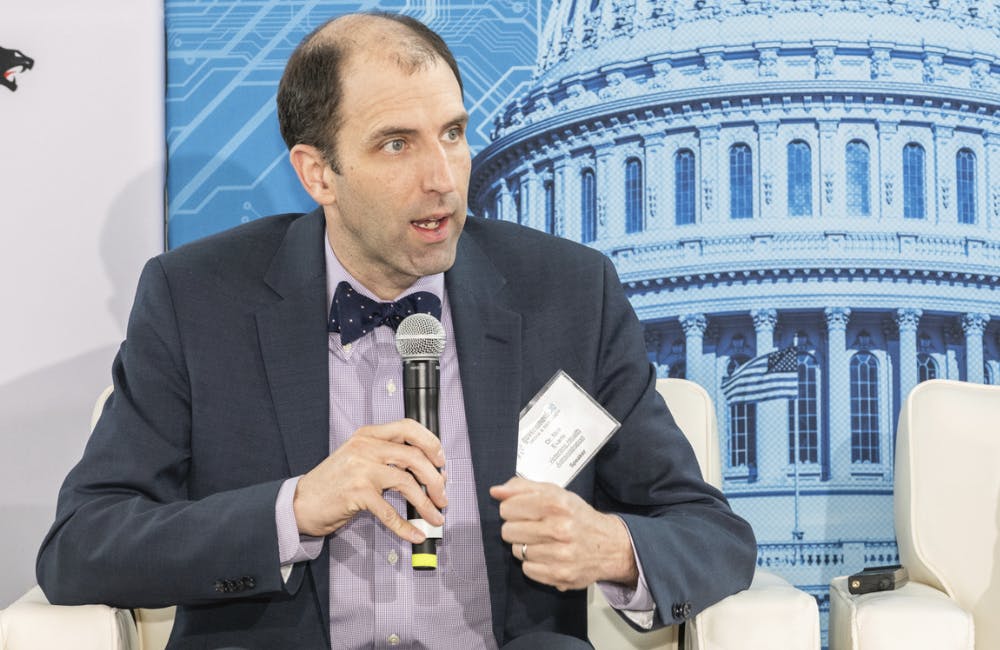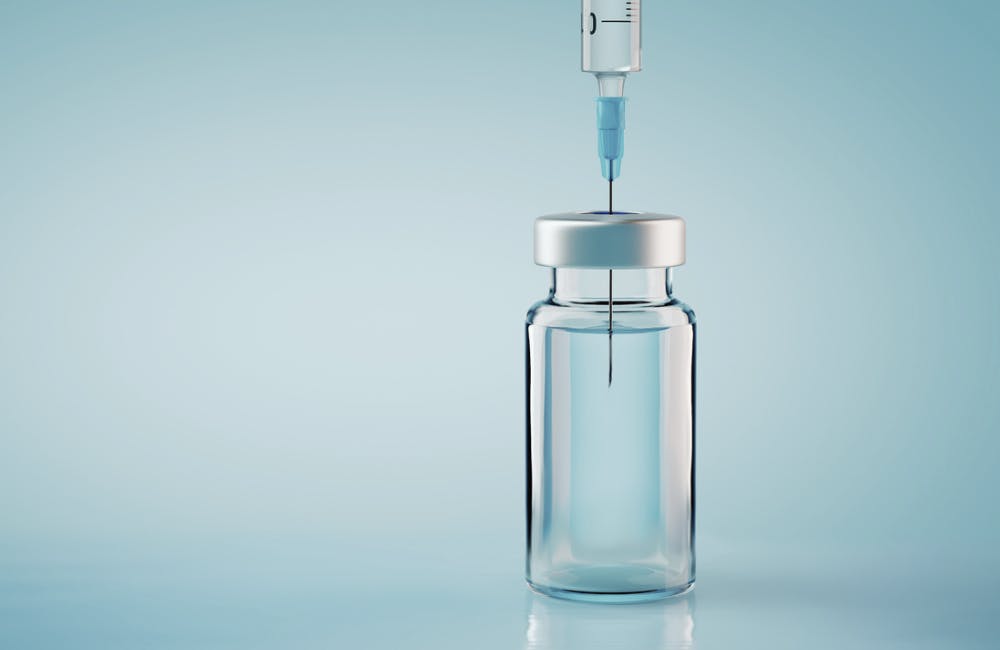Agencies Emphasize Unified Approach to Federal EHR Modernization
Interoperability in cross-agency EHRs rely on close internal collaboration.

Leaders charged with leading one of the largest electronic health record (EHR) programs in federal government explain how they are bolstering collaboration and implementing continuous improvement to ensure successful implementation of a single, common patient record.
“[EHR modernization] is multifaceted in how we are attacking this,” John Windom, executive director of the Department of Veterans Affairs’ EHR modernization office, said during the EHR Summit Thursday. “It starts with people wanting and being willing to change, willing to be flexible, in an environment where you … know how to do it. We’re asking that you embrace the change for the betterment of not only our care delivery, but for our veterans and active-duty service members. It’s multifaceted and multi-pronged.”
Bill Tinston, director of the Federal EHR Modernization (FEHRM) Office, said the agency focuses on two primary objectives: convergence and operationalization for a single, common EHR. The office is working to implement the technology across the Defense Department, the Department of Veterans Affairs and the Coast Guard. Built as a collaborative effort, FEHRM analyzes the functional and change requirements of the system and provides a single perspective on baseline capabilities to ensure health care systems and patient data are interoperable across agencies.
“I want to make sure that when a decision is made, that it is supportable from an IT perspective, that we are always able to support the decisions that are made on how to have the systems work together better. That’s where we collaborate,” Tinston said.
The team at Defense Healthcare Management Systems, which manages the DOD’s MHS Genesis platform, is building a suite of products that aligns with the mission and continually improves workflows and capabilities within the EHR, said Program Executive Officer Holly Joers. The two departments are also looking to share best practices, workload experience, technology and lessons learned to support EHR implementation.
“We want our systems within VA to be interoperable, we obviously are looking forward to interoperability and the pursuit of that with DOD, but also community providers through health information exchange,” Windom said.
A key driver of data interoperability is the joint Health Information Exchange Initiative (jHIE), which securely connects health and benefit information systems from DOD, VA, and other federal and private sector partners. Since its conception, Tinston said that FEHRM has been engaging with other health information exchanges and across departments to advance interoperability.
“We expect by the end of this calendar year, we’re going to be up in the high 90% range, with all the electronic health record using commercial providers that we’re going to be connected to exchanging data,” Tinston said. “We’re driving [Fast Healthcare Interoperability Resources] standards into the exchange, we’re driving more relevant data, more computable data, so that we integrate the data that we’re receiving and sharing into the workflows of the providers in a clinical environment.”
At DOD, Joers said her team is leveraging APIs and computable data elements to reduce duplication for deployment readiness.
“There’s a very crucial element to ensure we’re getting data to where it needs to be for those services to be able to make the right calls when it comes to deployability,” Joers said. “It’s an added element that we have within the DOD — being able to make sure we have the right data flowing to the right places.”
Amid these efforts, privacy remains top of mind to ensure patient data is secure through transfer. Tinston said privacy is a “team effort.”
Windom noted that VA’s cybersecurity team is collaborating internally across VA as well as with other agencies like DOD to mitigate cyber risks. The internal user element is as equally important as protecting the data within an agency or system.
“From an infrastructure and a system access perspective, we’re making sure we have that continuous monitoring capability so that we … have the ability to detect unusual patterns of behavior and be able to be alerted of those things before anything actually happens. Those are things on the horizon,” Joers said.
Moving forward, DHMS will focus on delivering EHR to the rest of the military health system. Currently, deployment of the tool is approximately 30% complete. At of the end of January 2022, Joers anticipates that will rise to around 50%. Even after deployment, Joers explained that it is essential for agencies to continually enhance user experience to optimize health care.
“It’s really going to be about data connectivity, less about monolithic systems beyond the EHR itself, then focus on user experience,” Joers said. “That’s where we’re looking at going forward and beyond in the deployments.”
This is a carousel with manually rotating slides. Use Next and Previous buttons to navigate or jump to a slide with the slide dots
-

New Year, New Administration: What's Next for VA in 2025
VA sets its sights on modernizing its EHR, advancing interoperability and adopting emerging tech amid the presidential transition.
4m read -

HHS Accelerates AI, TEFCA in 2024
Micky Tripathi, tech policy and health IT leader, reflects on progress HHS has made with AI, data and TEFCA and outlines plans for 2025.
-

VA Focuses on Continuous Improvement for 2026 EHR Rollout
VA plans to resume rollout of its EHR in FY 25, focusing recent feedback to drive continuous improvement amid the presidential transition.
4m read -

ARPA-H Sees Promise in AI with Newest Funding Projects
The agency is tackling initiatives around generative AI and machine learning for research in critical health issues.








